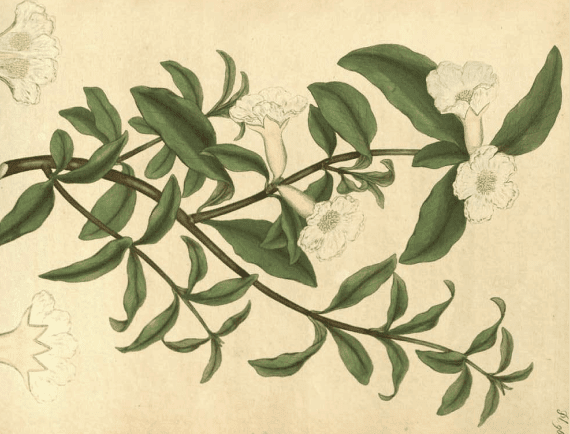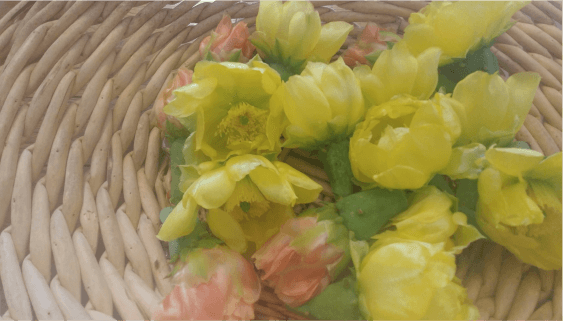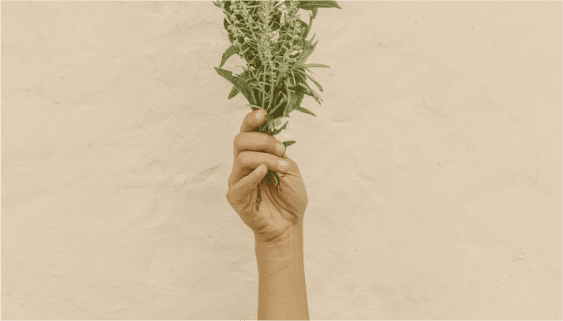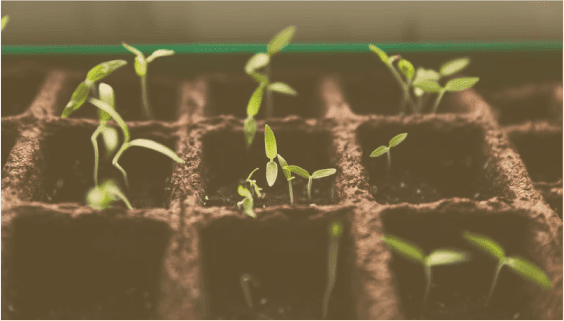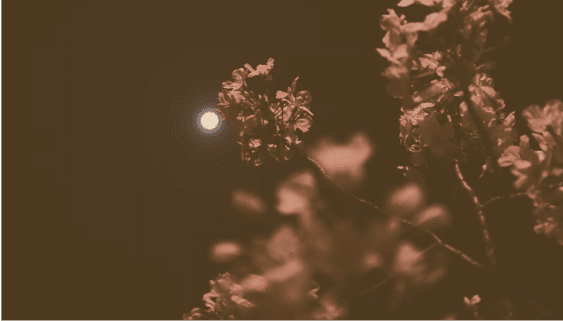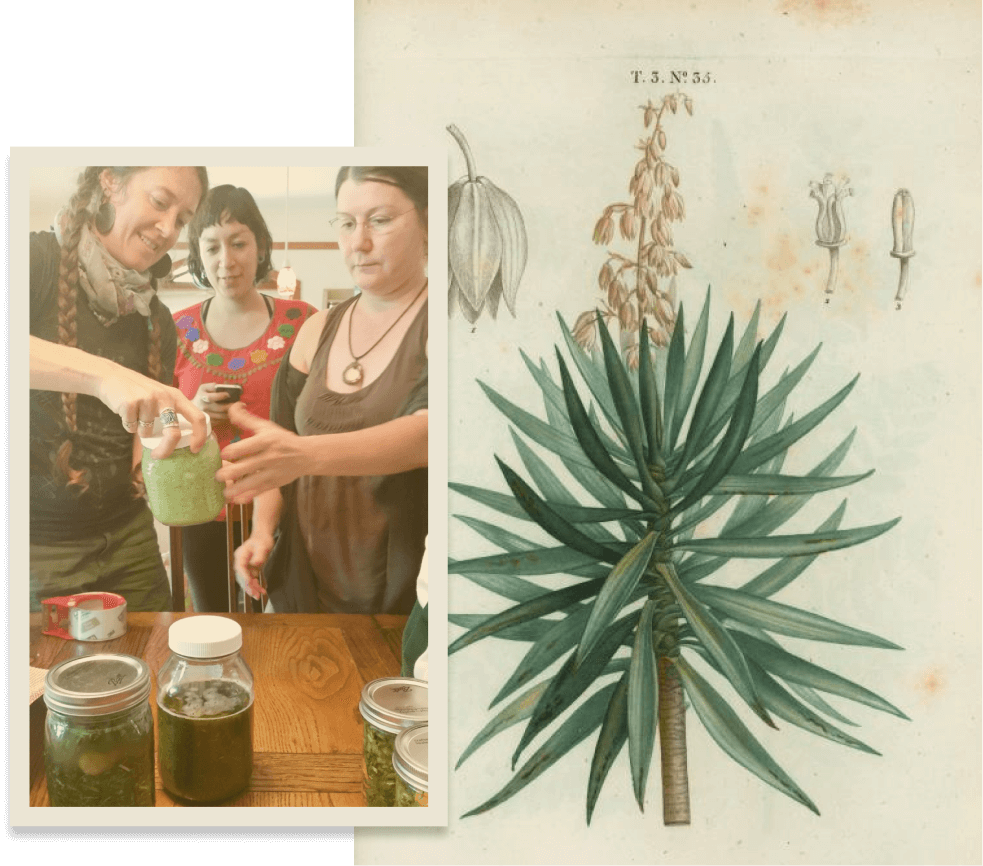Crucifixion Thorn, also known as Chaparro Armagosa, the official latin binomial Castela emoryi in the Simaroubaceae Family. This plant is a very special and rare desert medicinal plant. It is listed as Salvage Restricted Protected Native Plants by the Arizona Department of Agriculture which means these species of native plants “are not included in the highly safeguarded category but are subject to damage by theft or vandalism”.
After my recent travels to the Sonoran desert March of 2010, I thought it important to note some observations I made while studying a particularly large stand, in fact the largest stand I have ever run into. It was one of the first medicinal plants I was taught to wildcraft and one of the easiest to damage if harvested incorrectly.
Castela emoryi is found in Arizona and California and there is a species in Texas, Castela erecta, ssp texana(more info on it herehttp://www.wildflower.org/plants/result.php?id_plant=caert). It is a native dicot, a shrub comprised mainly of thorns. The seed clusters occur in dense clumps at the end of branches. These seeds vary from yellow to red to dark brown as they age. The spines and stems vary from bluish gray to an olive green. The shrub can grow up to 15 feet tall(yes I have seen it)Stress and age can cause entire branches to yellow and die back. This plant could easily be misidentified as Palo Verde, and from what my friend says, has been. It is very easy to overlook.
Castela has a reputation for being an effective medicinal plant to treat various parasitic infections, safely. It is extremely bitter and has been used to treat many stomach complaints. Here is some research I just located http://jpet.aspetjournals.org/content/11/4/331.abstract
My first experience with Castela in the field was wildcrafting it in herb school. We were carefully taught that this plant may look very tough but it is easily damaged by improper harvesting and has been. In fact the plant seemed to be disappearing in numbers. We were taught NOT to cut in such a way that we left the stems open to sunlight. We were taught NOT to make several cuts, thereby leaving this plant that was already struggling to survive in harsh desert conditions several wounds to heal. We were warned to be careful about teaching this plant because folks that had very innocently taken others on plant walks had ended up really hurting the stand.
I spent an hour or so tracking and walking around getting to know it. I made about 1 quart of tincture and that tincture is still with me today, almost a decade later. I use the tincture sparingly, and have found that there are many alternatives to it.
My next couple of experiences locating and tracking Castela have not been so happy. I was walking up a random dry wash in AZ loking at plants and had a sudden draw to get up out of the wash and almost ran about 1/2 a mile. The plants literally pulled me towards them. I was pointing the entire time and walked right up to the stand and I was very upset when I came upon it. I walked up and all I knew was something was wrong. The plants were undergoing an immense amount of stress and I spent a great while trying to figure out what was wrong. Then I saw clipper marks…………….and yellowing tips…………………….I started to tear up and I sat for a while and tried to apologize to it.
My final experience, 10 years after first meeting Castela, was this year in Southern California. I went out with a good friend to do some weedcrafting and study of desert medicinals since the rain had been so gracious to the Sonoran Desert. We stopped at a very large stand of Castela. This time we spent an entire afternoon studying the stand, walking around and thru it, taking photos and looking at different factors that were influencing its growth as well as hindering it. One of the most distressing thing we saw, at this legally “protected” site, at which NO ONE was to be harvesting, was the obvious use of clippers all over the plants. See, in the wetter regions of the country clipper marks fade, plant matter grows quickly, things burn etcc. In the dry deserts when a plant is clipped, that clipper mark can be seen for many years to come. As a wildcrafter/weedcrafter who practices deep ecology and sustainable harvesting techniques, both me and my friend were outraged. The type of harvesting that was done was right around the fenced off area, at the edges of the stand. The plants were taken from incorrectly and the ones with clipper marks showed signs of more stress on the limbs and yellowing. The unfortunate thing is that the folks responsible probably had not idea that they hurt the plant. It was obvious that some people knew they shouldn’t be there harvesting because there was a bunch of recently clipped twigs that someone had dropped, probably trying to rush and get out of there quickly.
I am not going to publish proper harvesting of this plant because this plant is in my books, a no pick. I am happy to report that the abovementioned stand of Castela had a very happy little nursery of babies everywhere and plants further away from the roads were doing very well.
If you need to use things to help cure parasitic infections you can choose from a wide array of herbs including Tree of Heaven, Epazote, Clove, Wormwood, Berberine containing plants, or ask your herbalist. Muscle testing is not enough to declare yourself wormy or worm free. Please make sure your pracitioner uses at least 3 diagnostic, or body reading tools before making a determination you need to be wormed.
Please help protect castela and other plants by using bioregional herbs growing as much medicine as you can in your own gardens
I will add some photos soon of the clipper marks on castela
